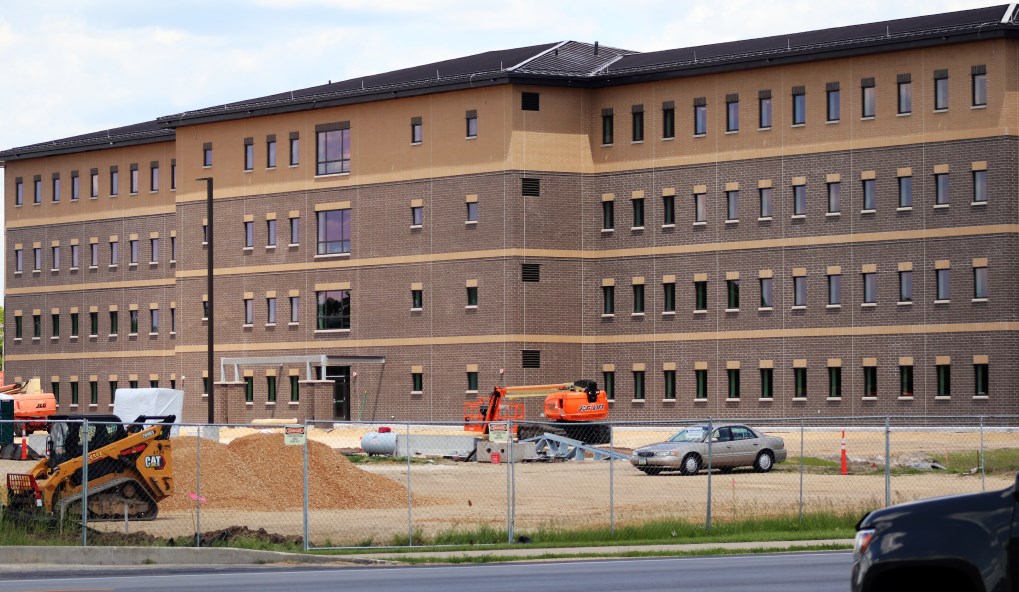On June 22, 2021, the U.S. Department of Defense (DoD) acknowledged a reality that they were not allowed to voice during the Trump administration: that the climate crisis is a major and growing threat, not only to national security in general, but to America’s military installations themselves.
Developing climate resilience at military military installations is a vital aspect of readiness, especially in today’s world where the U.S. is no longer a sanctuary, the DoD stated.
“Therefore, we must ensure that our installations are not only postured to support the joint force, but they are resilient against the full range of manmade and natural threats,” Paul D. Cramer the official performing the duties of the assistant secretary of defense for sustainment said, testifying at a Senate Appropriations Committee hearing on the fiscal year 2022 military construction/family housing budget request.
“The budget request supports efforts to address mission requirements, ensure service members and their families have a safe and resilient place to live and work and also begins to address resiliency challenges,” he added.
The department is requesting $26.1 billion in funding for military construction, resilience, restoration and modernization to address critical mission requirements and life, health and safety concerns, Cramer said.
Cramer explained that this “funding will be used to replace, repair and modernize facilities to enhance their resilience to climate events and promote elimination of excess or obsolete facilities,” he said.
“Extreme weather events are already costing billions of dollars, and those costs are likely to increase,” Cramer said.
In response to Executive Order 14008 of Jan. 2, 2021 which places the climate crisis at the forefront of foreign policy and national security planning, the department has been developing the DOD Climate Adaptation Plan, which will be finalized later this month, he said.
The plan identifies five key lines of effort, he said:
- Develop a climate-informed decision making process.
- Train, test and equip a climate ready force.
- Build a natural infrastructure.
- Promote supply chain resilience and innovation.
- Enhance adaptation and resilience through collaboration.
“We are also committed to protecting the quality of life for our personnel and families. Our primary focus here is ensuring access to safe, high quality, affordable family and unaccompanied housing,” he added.
As such, the budget includes $1.4 billion to fund construction, operation, and maintenance of the DOD’s worldwide non-privatized family housing inventory, which includes more than 34,000 government owned and 5,800 leased units, he said.
This request also includes $477 million for eight unaccompanied housing construction projects, Cramer added.
Cramer stated that, “The department continues to prioritize Military Housing Privatization Initiative reform actions that will improve the tenant experience and rebuild tenant trust,” to include full implementation of the Tenant Bill of Rights at all privatized housing projects.
Cramer also stated that the department is moving forward on implementing energy resilience and efficiency efforts. The budget contains $4.4 billion in energy investments. That includes approximately $287 million for the Energy Resilience and Conservation Investment Program.
The ERCIP is a subset of the defense-wide military construction program that funds projects to increase resilience, save energy or water, produce energy or reduce the cost of energy. It also supports construction of new, high-efficiency energy systems and modernization of existing ones.
Photo of new barracks at Fort McCoy, Wisconsin courtesy of Dept. of Defense.

